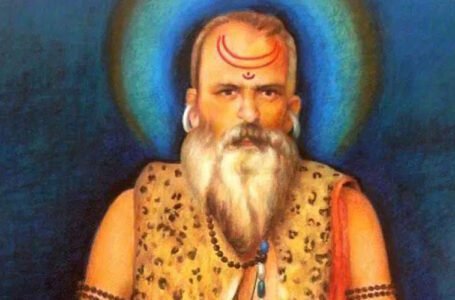STORYTELLING: TRADITIONAL MEDIA FORMS OF INDIA
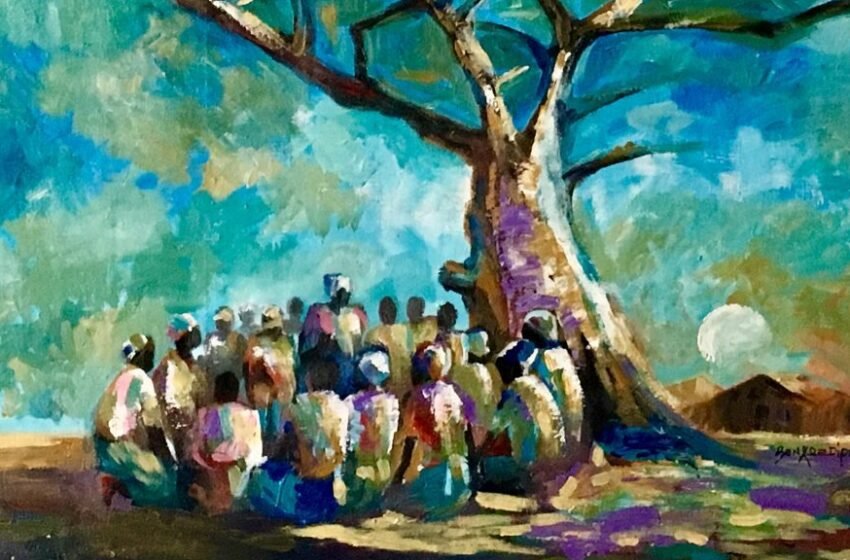
STORYTELLING
Hearing ‘once upon a time’ from our grandparents was the favorite part of our childhood, isn’t it? Stories have always fascinated us. It kept us entertained, initiated our imagination, made us look beyond ourselves, connected us with the world- it is one of the oldest means of communication, when progressive practices of communication such as written text did not exist. Yes, the idea of telling stories is that old! Historians found evidence that stories came from the cave drawings which date as far back as 30,000 years ago, depicting animals, humans and other objects. Some of them appeared to represent visual stories. Stories can be conveyed through different forms and mediums, but oral storytelling is one of the most famous form- it’s telling the story through voice and gesture. The oral tradition can take many forms: epics, poems, chants, rhymes, songs and more. But the purpose of every story is the same, no matter the country, community or medium- it is to teach morals, lessons and to entertain people.
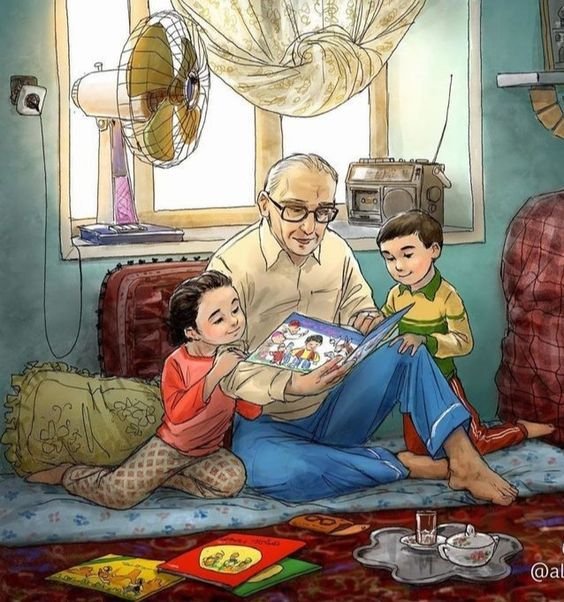
India’s storytelling culture can be traced to it’s rich history and heritage. Each state of India has it’s own unique idea of storytelling, here are some of the popular traditional storytelling techniques.

Pandavani is popular in Chhattisgarh and in it’s neighboring states. It involves narrative singing of the ancient Indian epic Mahabharata. Each singer adds his or her unique style to the singing, sometimes by adding local words, improvising and evaluating on current happenings and insights through the story. As the story progresses, the performance becomes more intense with the addition of dance movements. The lead singer is usually supported by a group of musicians, who ask questions, give commentary, provide backing vocals- enhancing the dramatic effect of the performance.

KAVAD For centuries, traditional storytellers in Rajasthan have used the Kavad to narrate religious stories. Kavad- is a wooden toy like box, painted with the scenes of the story, it is actually a portable shrine with many panels and compartment. Kavad includes stories from epics, local folk tales and caste genealogies. It is a gallery of art itself, a Kavad is a fascinating blend of carpentry, painting, storytelling and of course faith. A synergy exist between the maker, the storyteller and the listener which has kept the tradition alive.

Yakshagana is another folk form of telling stories in the coastal Karnataka district. It dates back more than 1600 years old. Yakshagana has a rare combination of dance, music, songs, vibrant and colorful costumes, the elaborate makeup, head-dress and the masks. This is a night-long event with elaborately adorned performers dancing to the drum beats and telling stories of gods, goddesses and other beings, in open-air theater- usually in the village paddy fields
after the harvesting of winter crops.
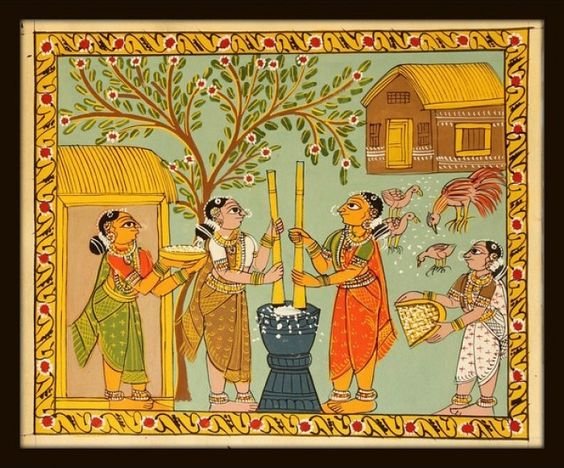
Kalamkari originated from Andhra Pradesh, this is also centuries old folk art tradition of telling stories. Kalamkari is a style of natural dyed hand-painting or block-printing of textile. It’s making involves 23 steps, from bleaching the fabric, softening it, sun drying, preparing natural dyes, hand painting to the processes of air drying and washing. Mostly earthy colors such as yellow, rust, green, indigo, etc are used for Kalamkari. It is considered a pure form of devotion to the gods by using old traditional methods.
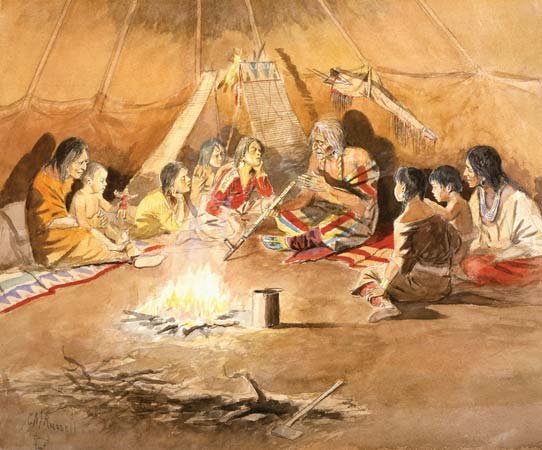
Today, of course, stories can be told orally, in printed or handwritten text, through recorded sound, etc. But regardless of the media we all are consumers of stories and have been. Stories let us see and feel what others think, it help us to empathize with others, it also allows us to share information in a memorable way. Much of our life is devoted to telling stories and we will likely to continue to do so for the rest of our life.



